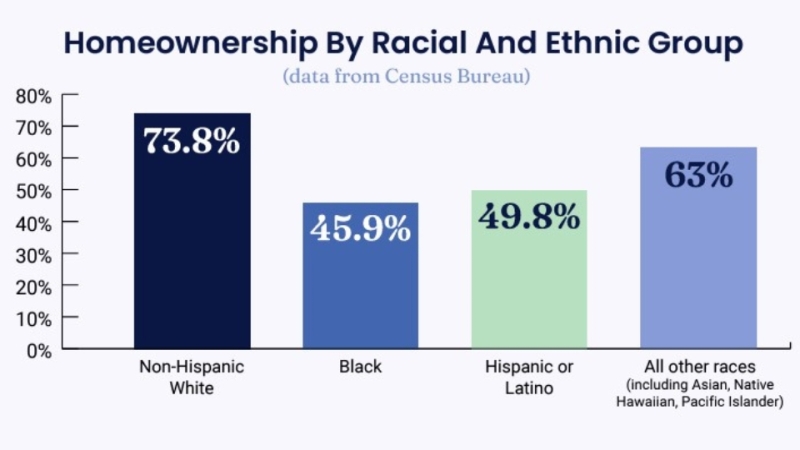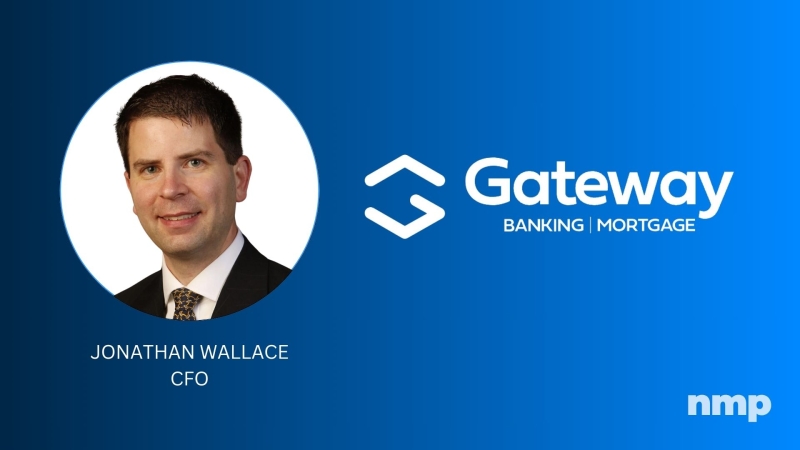Advertisement
Carteret integrates Ellie Mae’s Encompass
Forward on Reverse ... Harvesting Cash for the Golden Years: To HECM or to HELOC?Atare E. Agbamu, CRMSHELOC, reverse mortgages, HECM
Peter Forward, an industry colleague in the Twin Cities, called
me recently to inquire about a reverse mortgage for his mother.
"My mother needs a reverse mortgage, and Laura at Gopher Country
Mortgage says I should talk to you," he said.
I reviewed the basics of the program with him, collected some
data about his mother's needs, and suggested that he make an
appointment for his mother to meet with a reverse mortgage
counselor. I advised him to accompany his mother when meeting the
counselor. Approximately two weeks after our initial conversation,
I followed up with a phone call to find out whether his mother had
received the required counseling. He said that the counseling had
been done, but he decided against a reverse mortgage for his mother
because of the "high cost" and the amount of equity she could pull
out. Instead, he confidently told me, "I put her in a home equity
line of credit (HELOC) where she can access more equity and pay
less cost." The reverse mortgage product, in this case, is the
government-insured Home Equity Conversion Mortgage (HECM).
Every HECM originator, sooner rather than later, will encounter
a Peter Forward. A Peter Forward is a mortgage professional or
trusted financial advisor to a potential reverse mortgage borrower.
Peter Forwards have a superficial grasp of these unique home loans,
yet they are in a position to influence reverse borrowers'
decisions for better or worse. Peter's decision for his mother
raised an important question that we will address in this article:
On a value-cost basis, how does a HECM compare with a HELOC?
Both HECMs and HELOCs are revolving financial tools for
squeezing cash out of a home. To secure the cash stream, a lender
puts a lien on the house; the borrower retains full ownership and
possession rights. HECMs were created for borrowers 62 years and
older; HELOCs were designed for borrowers of all ages who can meet
standard credit and income qualifications. HECMs are
government-insured loans with capped variable interest rates;
HELOCs are private-sector products with uncapped and capped
adjustable interest rates. With HECMs, a borrower's other assets
are safe from the lender's reach in case the lender lends more than
the equity in the property; with HELOCs, a borrower has no such
protection. Except for minimal credit checks for federal loan
defaults, no income or credit is needed to qualify for HECMs, and
no monthly repayment is needed; to qualify for HELOCs, borrowers
must pass credit, income and monthly repayment-ability tests. With
HECMs, the unused portions of the credit line grows larger every
month according to a unique formula; unused portion of HELOCs
remain stagnant, subject to the cash-corroding impact of inflation.
Failure to make monthly payments is not an issue with HECMs because
there are no monthly payments to make; with HELOCs, however, missed
payments can result in default and foreclosure.
As part of a system of built-in protection for elders, HECMs
require free consumer education from a HUD-approved reverse
mortgage counselor before an application can become effective;
HELOCs have no such built-in safeguards for a vulnerable segment of
the population. Indeed, HECMs total costs drop lower and lower
after five years; no such claim can be made for HELOCs.
There is no question that HELOCs are valuable loan products with
very low initial costs for borrowers with strong income, good
credit and financial savvy. However, it is clear from the foregoing
HECM-HELOC comparison that HELOCs are not suitable for
cash-strapped seniors who cannot afford to lose their homes. Also,
HECMs are not for every senior. For seniors who plan to sell and
move on or who have other means of generating retirement funds for
short-term use, there may be less expensive (and probably more
risky) alternatives in forward mortgage lending.
Peter Forward's mother is in her late 70s with probably more
than 15 years left and a long-term need for cash. In my opinion,
Peter made the classic penny-wise, dollar-foolish decision choosing
a HELOC instead of a HECM for his mother. As informed reverse
mortgage originators, we must continue to stress the incomparable
value of HECMs and other reverse mortgage programs to our
forward-thinking colleagues & Let's think forward on
reverse!
Atare E. Agbamu, CRMS, is a reverse mortgage specialist and
director of training at Inver Grove Heights, Minn.-based Credo Mortgage. Atares
reverse mortgage interviews have been webcast on Mortgage Mag
Live!, and he currently serves on the boards of Little
BrothersFriends of the Elderly in the Twin Cities and nationally.
He can be reached by phone at (651) 389-1105 or e-mail [email protected].
About the author





